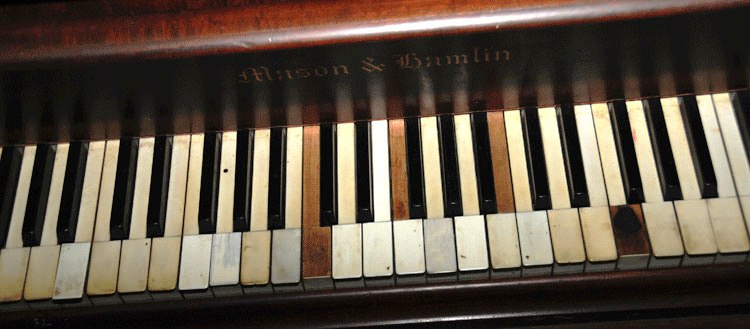
“Organized criminal networks are cashing in on the elephant poaching crisis, trafficking ivory in unprecedented volumes and operating with relative impunity and with little fear of prosecution,” says Tom Milliken, an expert on ivory trade with TRAFFIC, a global wildlife trade monitoring network.

A joint report by four international conservation organizations says that 17,000 elephants were killed in 2011 alone and the amount of ivory seized has tripled over the last decade.

They were taken to Zanzibar the centre of the ivory trading world where a representative from Arnold Cheney & Co, a powerful New York based ivory importing firm purchased the tusks for almost $5,000, then the highest sum ever paid for a pair of tusks.An average of about 45 elephants per day were illegally killed in 2011 in every two of five protected sites holding elephant populations in Africa, thanks to the growing illegal trade in ivory, which continues to threaten the survival of elephants on the continent. They weighed in at 105.4kg's (left tusk) and 103.6kg's (right tusk). The largest tusks on official record are the world famous Kilimanjaro tusks that belonged to a bull shot on the slopes of Mount Kilimanjaro (Tanzania) in 1898. The hardness, strength, elasticity and feel of ivory has long been favoured by carvers and seen ivory manufactured and sculptured into many forms such as furniture, musical instruments, sculptures and figurines, billiard balls, jewellery, name(signature) seals and even chopsticks. By the age of twenty the tusks of most males exceed the tusk weight & length of much older females.Īs the tusks get larger they become a useful tool in prying bark off trees, digging for salt deposits & roots and uncovering water in dry riverbeds. The background image on this web page is a close up of the outer surface of an elephants ivory tusk.īoth male and female African elephants grow tusks (in Asian elephants only the males grow tusks), although the tusks of males grow considerably larger. The substance is created by cells at the outer surface of the inner pulp cavity called odontoblasts which create and lay the ivory in a specific cross-hatch pattern which distinguishes elephant ivory from the dentine of other mammals. Tusks are made up of a compound called dentine - which is commonly referred to as ivory.ĭentine is a bone like tissue found in the teeth of many mammals that is made up of 80% inorganic materials and 20% water & organic materials. The rate of tusk growth in a mature elephant is between 15 - 18 centimeters per year however general wear & tear erodes some of this growth. The first set of very small tusks referred to as 'milk tusks' often fall out between 6 - 12 months of age which are then followed by the main pair of tusks. These tusks are not replaced but grow continually throughout an elephants life. Elephants will most often develop two sets of tusks during their lifetime.

This usually happens in it’s very late 50’s - early 60’s and is natures way of removing older elephants from the population.Īn elephants tusks are not molars but giant incisor teeth. Once they wear down the sixth set an elephant has no further way of processing it’s food and will lose its ability to adequately feed itself. These molars are used to chew and grind food on the ridges found on these teeth and are replaced at certain intervals in an elephants life as they become worn down. Elephants get six sets of molar teeth throughout their lifetime.


 0 kommentar(er)
0 kommentar(er)
